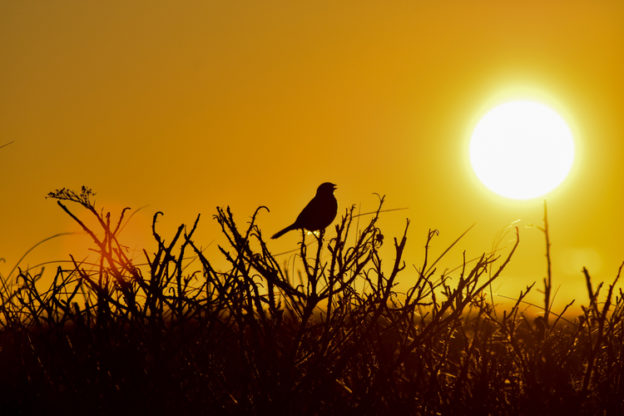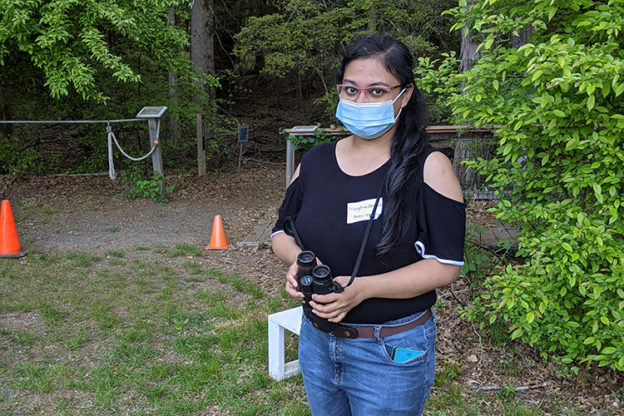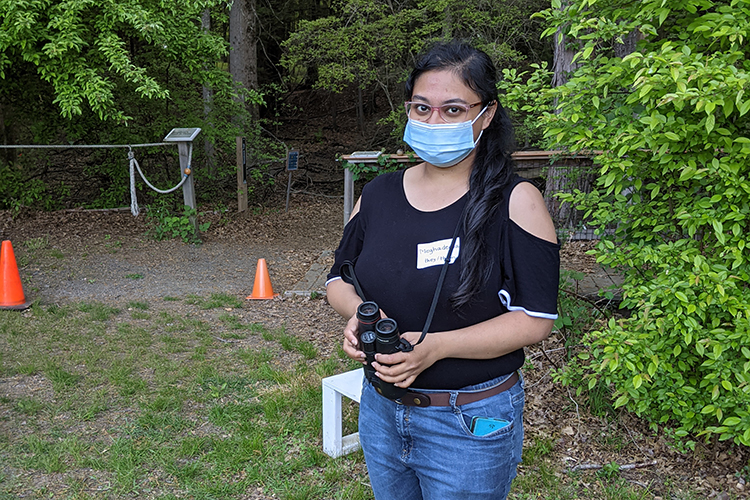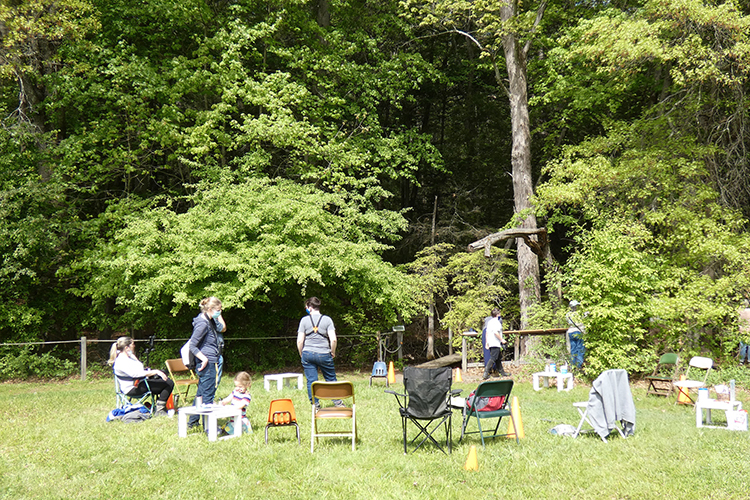Earlier this month, the Intergovernmental Panel on Climate Change (IPCC) released its sixth major report on the science of climate change. Condensing scientific evidence from 14,000 studies, its findings paint a stark view of our future.
Using the strongest language ever used by IPCC scientists, the report confirms with “unequivocal” certainty for the first time that human activity continues to contribute to climate change.
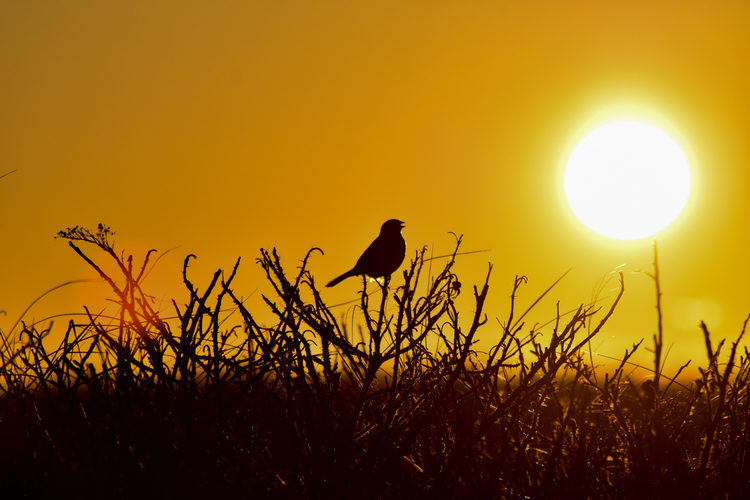
It also issues a clarion call to avoid the worst-case scenario that otherwise looms ahead by enacting transformational changes to our energy, transportation, built environment, and land systems. As UN Secretary-General António Guterres says, the report is “a code red for humanity…the alarm bells are deafening, and the evidence is irrefutable.”
The IPCC’s analysis of the latest climate science shows four significant trends:
Trend 1: Rise in Greenhouse Gases
Human activities have caused observed increases in greenhouse gas concentrations since the Industrial Revolution. As of 2019, atmospheric carbon dioxide levels were the highest they have been in two million years, and methane levels were the highest in 800,000 years. The report calls on countries to cut their methane emissions to most effectively limit temperature increases.
Trend 2: Warming Temperatures
Global surface temperatures between 2011 and 2020 were 1.09°C warmer than between 1850 and 1900, and the past four decades have been the warmest of all decades since 1850. Since 1970, the global surface temperature has increased faster than any other 50-year period in the past 2,000 years. Among the report’s most startling findings: warming exceeding 1.5°C as soon as 2040 is possible if swift action is not taken. This is at least a decade earlier than projected in earlier IPCC reports.
Trend 3: Sea Level Rise
Since 1900, the global mean sea level has risen faster than any other century in the past 3,000 years. Additional sea level rise and glacial melting are unavoidable: sea levels could increase by 2 feet by 2100 (as opposed to the 1.5-foot rise previously predicted).
Trend 4: Links Between Climate Change and Extreme Weather
Major improvements to methods that link climate change to extreme weather events show that the intense heat waves experienced across North America this summer—such as 116°F in Portland, Oregon—would be “virtually impossible” without humanity’s influence on the climate system.
The Road Ahead: Reason for Hope
The IPCC makes clear that some climate change is irreversible—our unrelenting reliance on fossil fuels since the Industrial Revolution means a degree of warming that cannot be undone. This news can feel completely overwhelming.
But we really do still have reason for hope: a chance to avoid the worst impacts of climate change remains. We have about one decade worth of emissions at current levels remaining in the “carbon budget” to hold onto the chance of limiting warming to 1.5°C by 2100.
Meeting this carbon budget in the next decade will require swift, decisive, and transformational changes to our current way of doing business. We’ll be advocating for these changes—and sharing opportunities for you to do the same—every step of the way.
By Anna Mervosh and Michelle Manion


